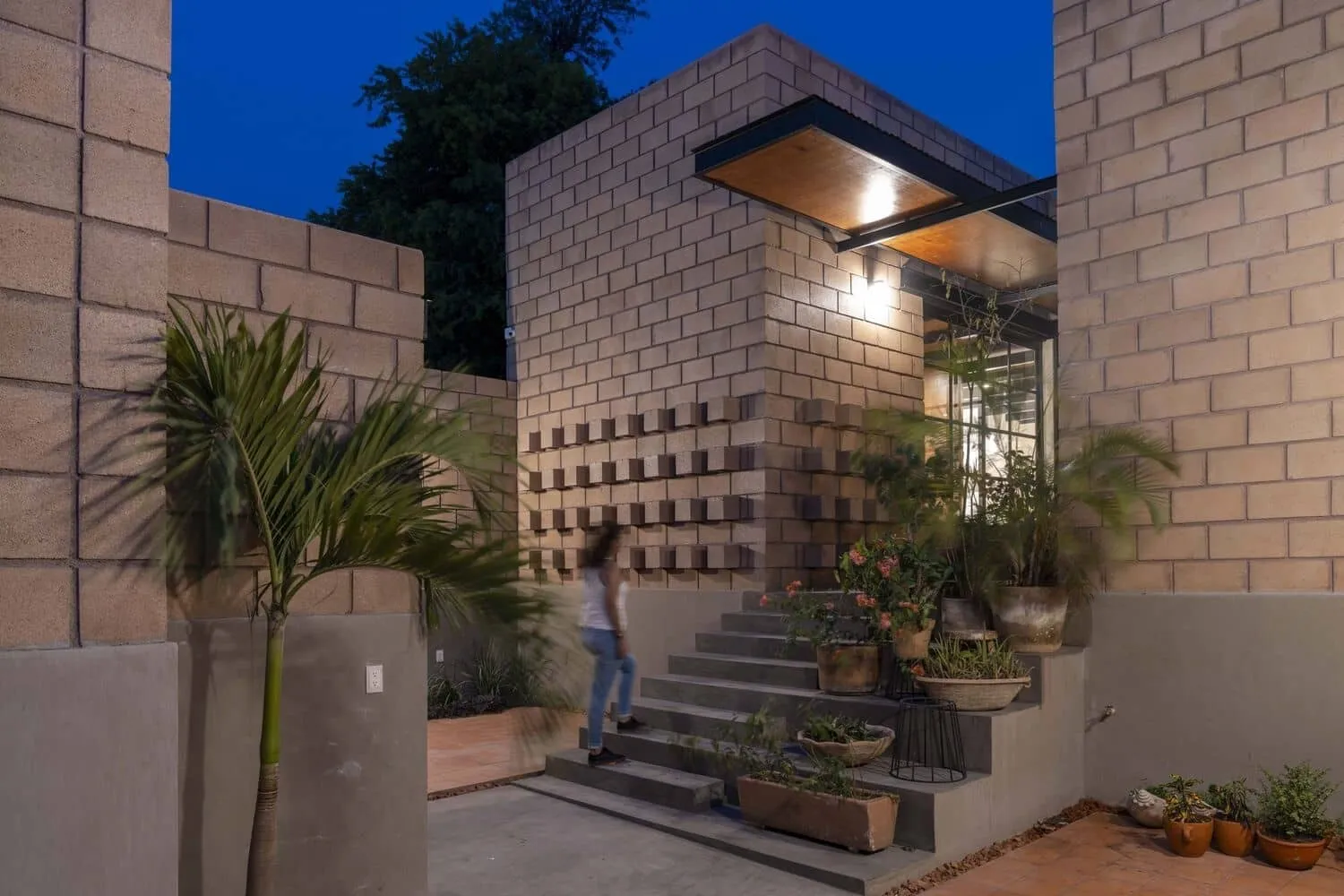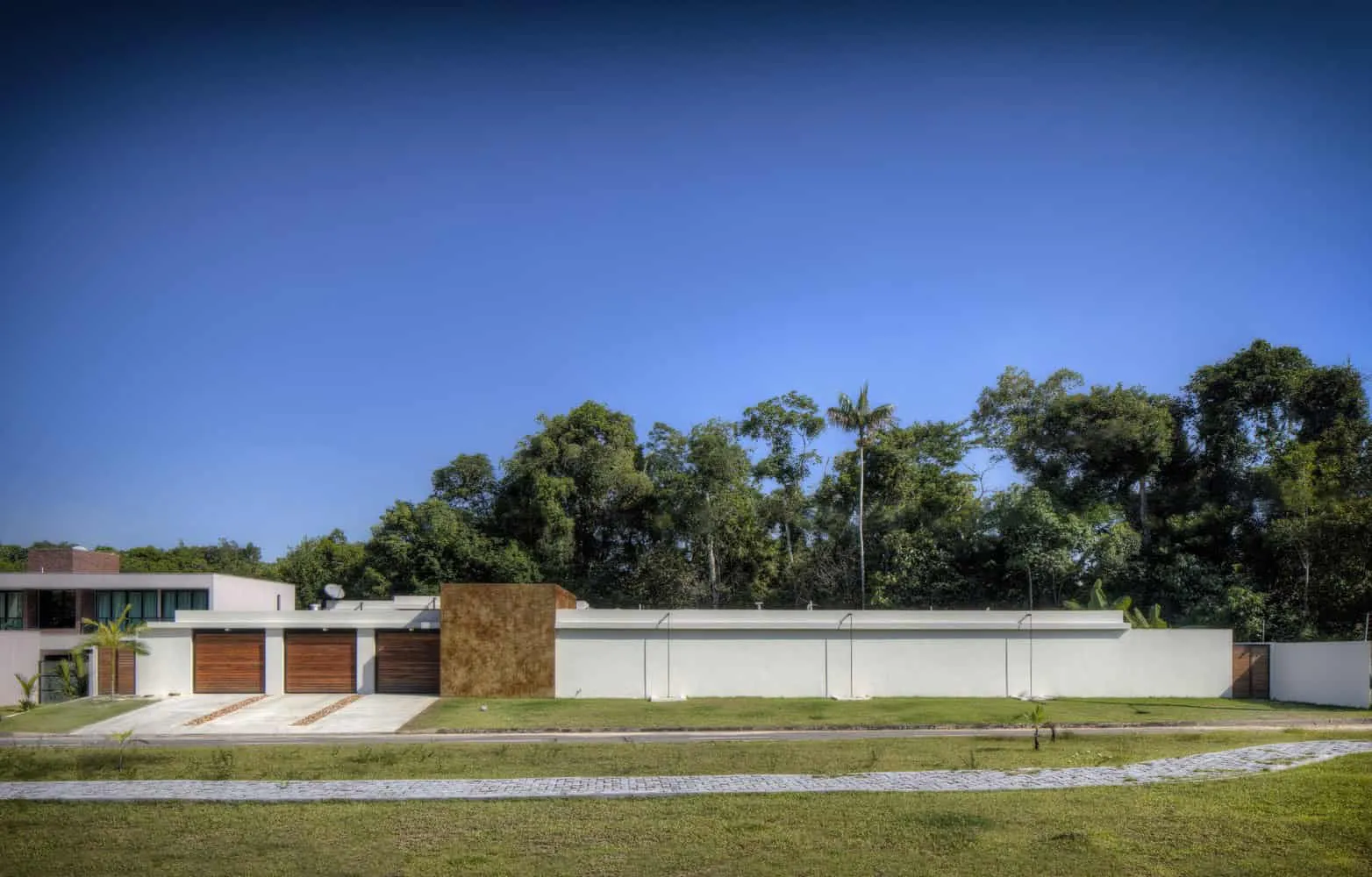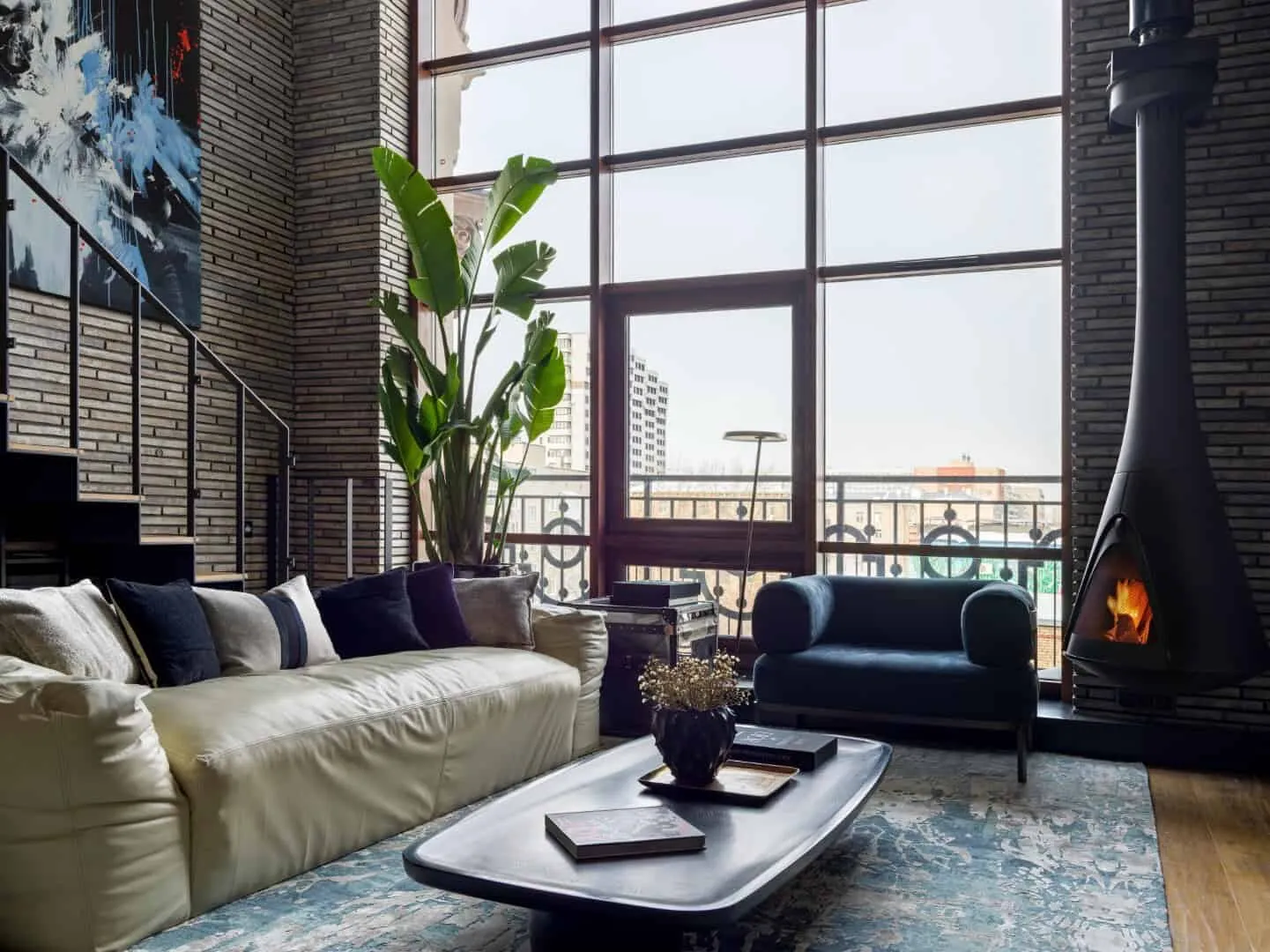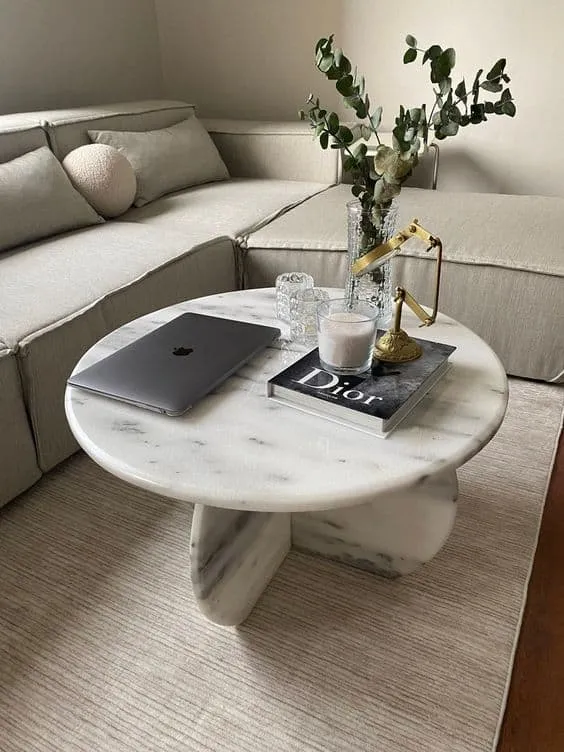There can be your advertisement
300x150
Microcement - A Universal and Durable Material for Interior Design
Microcement is an innovative building material gaining popularity in the finishing industry. It's a mixture of cement, resins, and pigments, offering versatility, durability, and an aesthetic appearance. Due to these properties, microcement is used in many construction areas, especially interiors. In this article we'll explain what microcement is, its advantages and applications, as well as an approximate cost of this material. We will also discuss how to care for microcement and prevent damage.

What is Microcement?
Microcement is a material combining the properties of cement and resin, allowing to produce a product with exceptional strength, flexibility, and wear resistance. Microcement can be used on floors, walls, furniture or stairs. It is an extremely versatile material that allows creating unique and personalized interiors.
Applications of Microcement
Microcement is an extremely versatile material that can be applied in various fields, offering a wide range of unique advantages making it an increasingly popular choice for both residential and commercial spaces. One of its most notable benefits is exceptional strength and resistance to wear, making it an ideal option for high-traffic areas such as stairs, countertops, and floors.
Besides strength, microcement provides a wide range of aesthetic possibilities, making it an excellent choice for various styles and interiors. Whether you want to create a modern minimalist design or traditional atmosphere, microcement can be adapted to your unique taste, offering a large selection of colors, patterns, and textures.
Microcement also has high water resistance and is easy to maintain, making it an excellent choice for bathrooms and kitchens where spills are common and humidity levels are high. Its smooth, seamless surface is hygienic and easy to maintain, requiring only periodic cleaning with mild soap and water to keep it looking perfect.
In general, microcement is a universal and practical material offering exceptional strength, aesthetic appearance, and ease of maintenance. Whether you aim to create a modern and strict space or a cozy atmosphere, microcement is an excellent choice that will help you achieve your design goals with ease and style.
Advantages of Microcement
Microcement has many advantages that attract the attention of architects and private builders. Among the most important ones are:
- Wear resistance - microcement properties make it a strong and durable material ideal for high-traffic zones.
- Flexibility - the material is flexible, so it does not crack or crumble under base deformation.
- Easy application - microcement can be applied by yourself, saving time and money.
- Wide color range - microcement is available in a broad selection of shades suitable for various interiors.
- Waterproofing - the microcement system is waterproof, making it suitable for use in bathrooms and kitchens.
- Easy maintenance - surfaces treated with microcement have no joints, significantly simplifying the cleaning process.
- Hypoallergenic - this material does not release harmful substances and has no micro-pores or cracks where bacteria and allergens can accumulate.
Microcement in Interior Design
Microcement is a material that can be used across a wide range of interior styles, and its aesthetics allows creating original and unique solutions. Industrial and loft styles are among the most popular ones where microcement is used. Microcement perfectly complements raw materials such as concrete, brick or wood, adding character to rooms. In this style, microcement is often used for concrete floors, walls or kitchen countertops.
Microcement can also be used in the Scandinavian style, which is characterized by light colors and natural materials. In this style microcement can be combined with wood, white walls and pastel accessories. Such a combination makes the interior cozy and modern. In minimalist style, microcement can be used to finish the entire room, creating a unified surface effect. This makes the room appear more spacious and elegant.
Cost of Microcement
The price of microcement per square meter, including primer and waterproofing, may vary depending on several factors such as base type, finish, and location. However, compared to some traditional finishing materials, the price of microcement is relatively low. On average, the cost of microcement per square meter can range from $50 to $120 USD, depending on the above-mentioned factors. Many aspects such as base type, finish and location can affect microcement pricing. Nevertheless, in general, microcement is a more economical choice compared to many traditional finishing materials. It should be noted that the unique characteristics of microcement, such as its strength and ease of maintenance, make it a more favorable choice in the long run. When considering microcement cost, it's important to account for material costs, labor expenses and other variables to determine the most favorable project option.
Caring for Microcement
Microcement is a material that can be incredibly strong and last many years with proper care. Correctly installed items placed on a microcement surface, such as furniture, can significantly extend the lifespan of this type of coating. In this case, using velvet rugs is especially useful as they evenly distribute the weight of items and protect the surface from dents.
To avoid irreversible damage to the microcement surface from accidental spills, especially on floors and kitchen countertops prone to oil, wine, coffee, vinegar or beet stains, it's crucial to remove spots quickly. Like any other material, microcement gets dirty and dusty over time. Therefore, it's important to regularly perform dry cleaning and use special care products for concrete and microcement floors.
In case of minor scratches on the microcement surface, they can be smoothed out using wax designed for this type of material. However, if intensive use or improper care leads to significant wear or fading of the floor, it can be refreshed by lightly sanding the top waterproof layer and applying a new coating. This procedure allows the floor to regain its fresh look and increase its strength and resistance to damage.
Why Choose Microcement?
Microcement is a modern building material that's gaining popularity among interior designers and architects. Its advantages include not only easy application but also strength, resistance to wear and mechanical damage, flexibility, and a rich color palette. Additionally, microcement is waterproof and hypoallergenic, making it ideal for use in various types of spaces.
Microcement can be used to finish different surfaces such as floors, walls, kitchen and bathroom countertops and stairs, making it extremely versatile and allowing to create personalized interiors. It is also easy to maintain and minor damages can be restored using specialized products.
Microcement is an economically favorable choice since it allows creating strong and aesthetic surfaces that last long. Thanks to its flexibility and rich color palette, unique interiors reflecting individual style and taste can be created. Microcement is a material that provides not only beauty but also functionality, making it an ideal choice for those who value quality and modernity.
More articles:
 Real Estate Management Has Become Easier: Expert Tips
Real Estate Management Has Become Easier: Expert Tips Manantial House by APALOOSA Architects: Affordable and Sustainable Housing in Chiapas
Manantial House by APALOOSA Architects: Affordable and Sustainable Housing in Chiapas Manaus House by Alexia Convers Architecture in Brazil
Manaus House by Alexia Convers Architecture in Brazil Manhattan House by INRE Design in Moscow, Russia
Manhattan House by INRE Design in Moscow, Russia Mansion Feast – Play Chinese Aristocracy in a Restored Traditional Peking Noble Residence
Mansion Feast – Play Chinese Aristocracy in a Restored Traditional Peking Noble Residence House of Manuela Pedras by OADD Arquitectos: Modern Urban Oasis in Buenos Aires
House of Manuela Pedras by OADD Arquitectos: Modern Urban Oasis in Buenos Aires Marble Coffee Table: Styles That Will Add Charm to Your Living Room
Marble Coffee Table: Styles That Will Add Charm to Your Living Room Accessible Elegance of Marble in Modern Kitchens
Accessible Elegance of Marble in Modern Kitchens